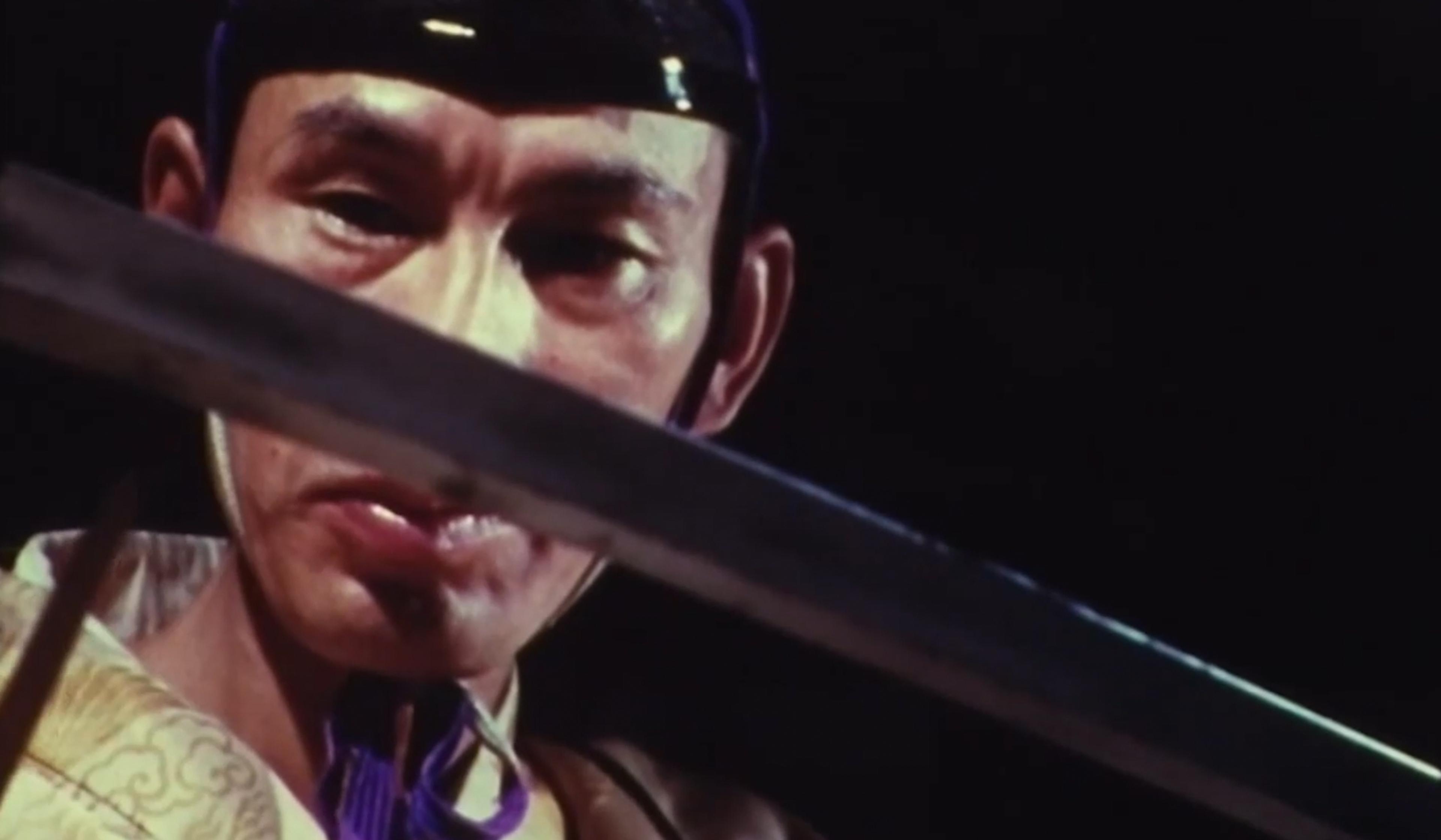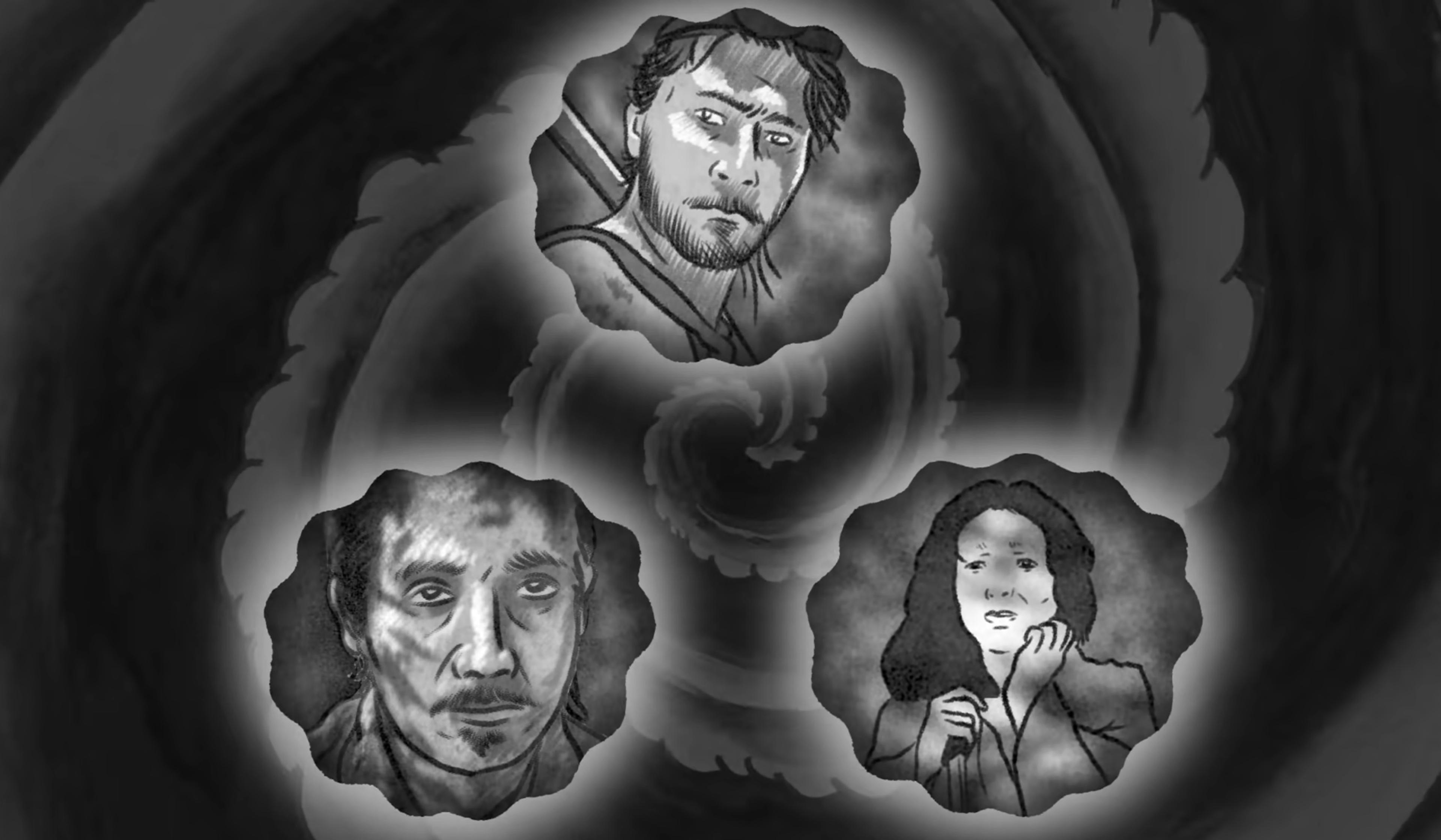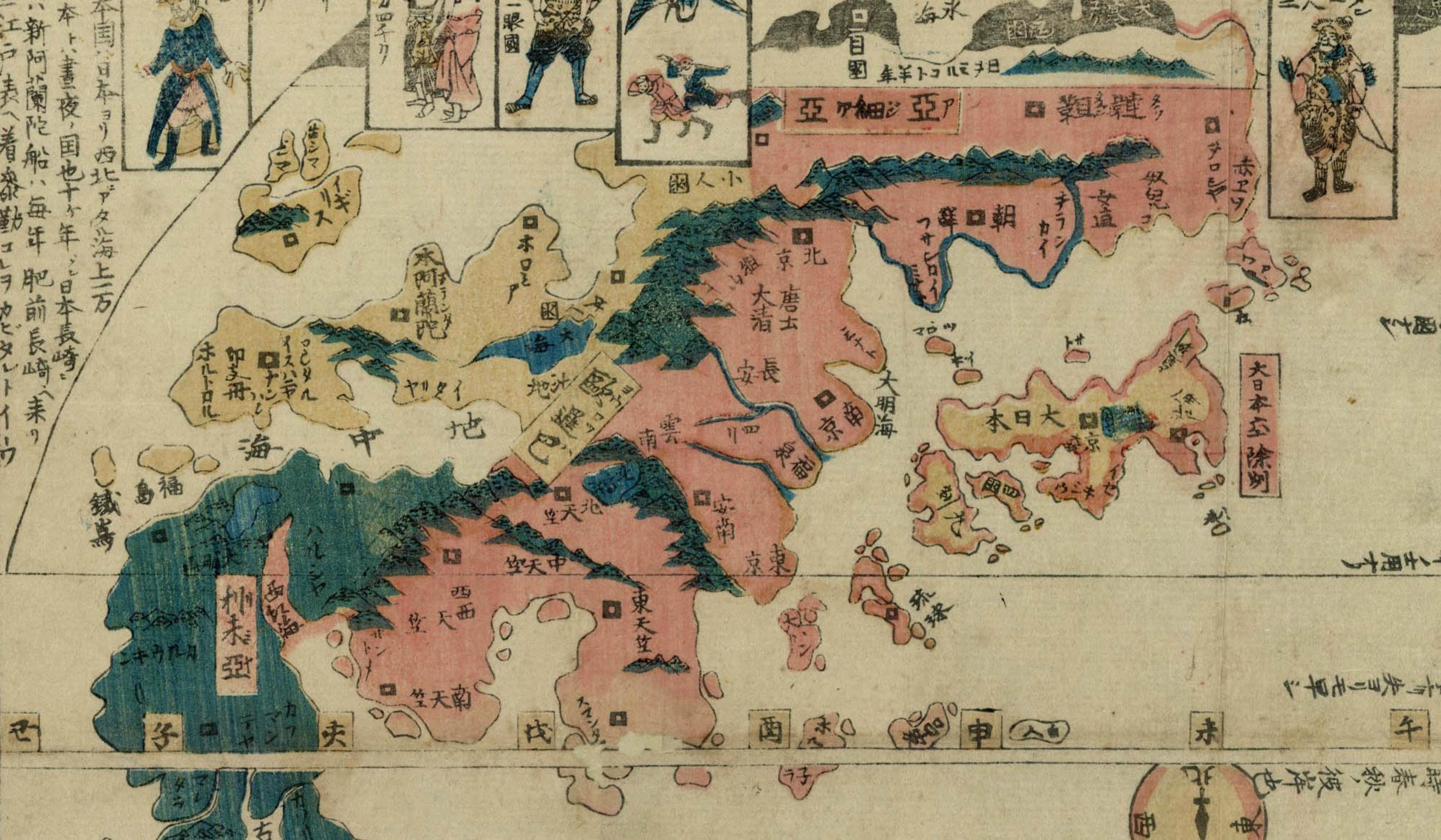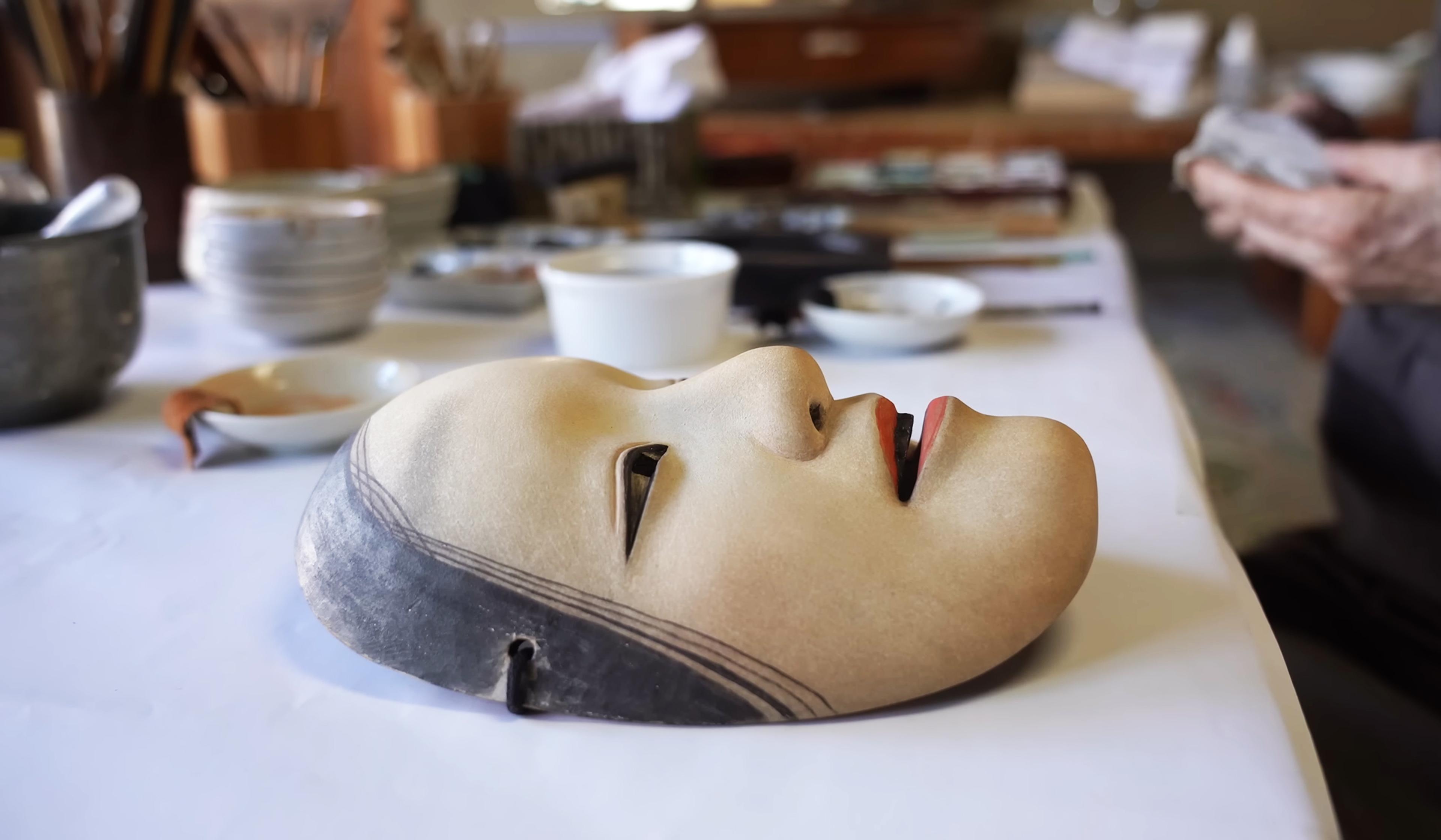From the 10th century till their abolition in the 1870s, samurai were a class of Japanese military nobility who inherited lives as warrior protectorates (bushi) for feudal lords, and had a notoriously strict and intricate honour code. This video from the YouTube channel Voices of the Past explores two scrolls from the famed samurai school Natori-Ryu’s 17th-century rulebook. The first scroll has codes of conduct for peacetime, with guidance ranging from the universal, such as the pitfalls of talking behind someone’s back, to the extremely samurai-specific, such as keeping a home garden that doesn’t leave you vulnerable to enemy attack. The second scroll lays out the rules of engagement in wartime and paints a much more violent portrait of samurai life, built around intricate rules for killing and being killed. These primary sources offer an intriguing window into the samurai value system, in which loss of reputation was considered a fate far worse than death.
A samurai rulebook offers guidance on how to kill enemies and refrain from gossip
Video by Voices of the Past

videoHistory of technology
A rare glimpse inside a samurai sword workshop, where ritual meets mastery
24 minutes

videoPolitical philosophy
How to swing honour away from killing and towards peace
4 minutes

videoThe ancient world
Petty squabbles and bloody battles – the life of an ancient Roman soldier
18 minutes

videoKnowledge
What can a Kurosawa classic tell us about reality, knowledge and truth?
5 minutes

videoWar and peace
‘Semper paratus’ – how the organisation of the Roman army made it always ready for war
3 minutes

videoGlobal history
‘Farcical situations’ and culture clashes – when Japan met modern Europe in 1862
18 minutes

videoDance and theatre
How a Noh mask-maker summons a lifelike face from a single block of wood
16 minutes

videoThinkers and theories
Why Confucius believed that honouring your ancestors is central to social harmony
2 minutes

videoDesign and fashion
Sublime colours brought back from oblivion – the exquisite effects of natural dyes
18 minutes